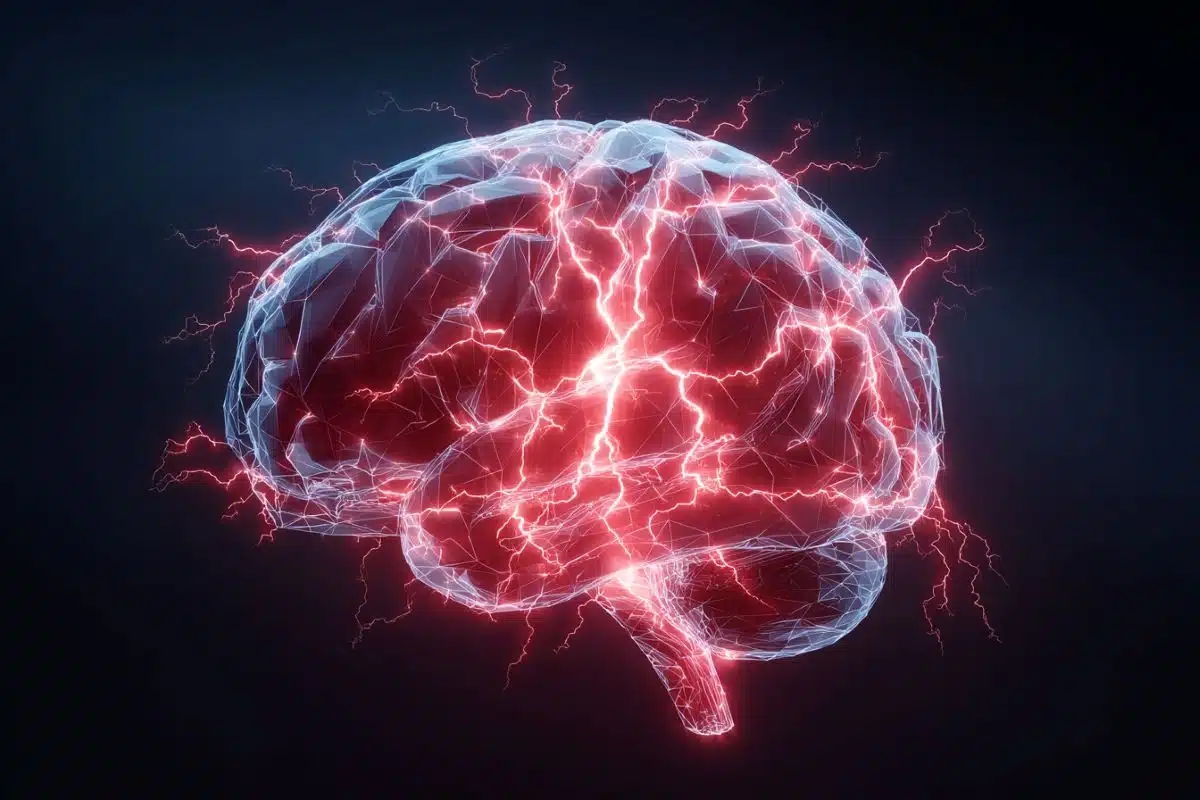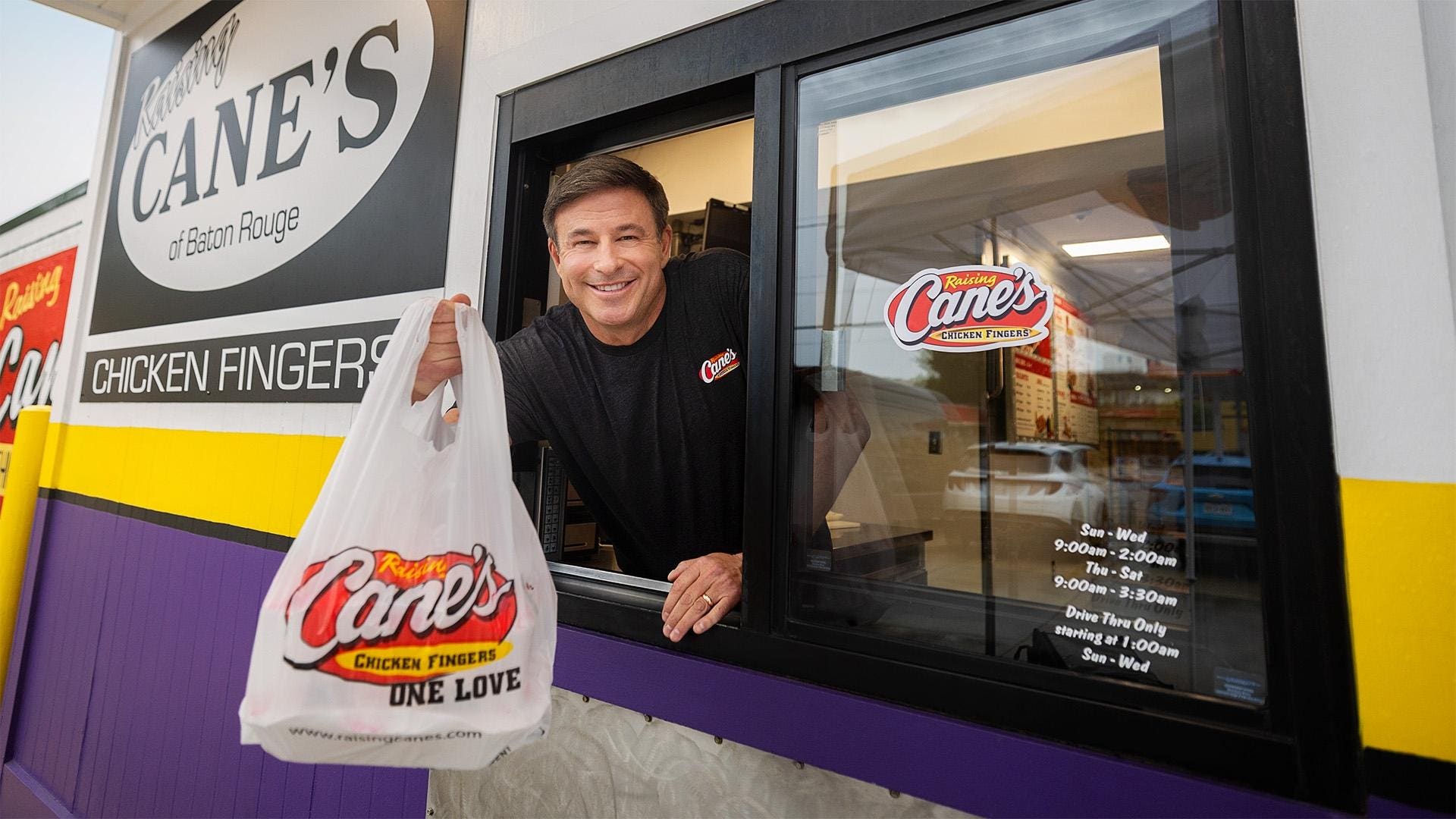Neuroscience News
A new study highlights how the brain learns to keep alcohol addiction going, not for pleasure but to escape withdrawal stress. Researchers found that a midline brain region, the PVT, became especially active when rats associated alcohol with relief from withdrawal, driving strong relapse behavior. This shows that negative reinforcement, not just positive reward, plays a key role in addiction persistence. The findings could open new avenues for treating substance use disorders and other stress-driven behaviors………Congtinue reading….
By: Press Office
Source: Neuroscience News
.
Critics:
Relapse is often observed in individuals who have developed a drug addiction or a form of drug dependence, as well as those who have a mental disorder. Drug taking and relapse are heavily influenced by a number of factors including the pharmacokinetics, dose, and neurochemistry of the drug itself as well as the drug taker’s environment and drug-related history. Reinstatement of drug use after a period of non-use or abstinence is typically initiated by one or a combination of the three main triggers: stress, re-exposure to the drug or drug-priming, and environmental cues.
These factors may induce a neurochemical response in the drug taker that mimics the drug and thus triggers reinstatement. These cues may lead to a strong desire or intention to use the drug, a feeling termed craving by Abraham Wikler in 1948. The propensity for craving is heavily influenced by all three triggers to relapse and is now an accepted hallmark of substance dependence. Stress is one of the most powerful stimuli for reinstating drug use because stress cues stimulate craving and drug-seeking behavior during abstinence.
Stress-induced craving is also predictive of time to relapse. Comparably, addicted individuals show an increased susceptibility to stressors than do non-addicted controls. Examples of stressors that may induce reinstatement include emotions of fear, sadness, or anger, a physical stressor such as a footshock or elevated sound level, or a social event. Drug-priming is exposing the abstinent user to the addictive substances, which will induce reinstatement of the drug-seeking behavior and drug self-administration.
Stimuli that have a pre-existing association with a given drug or with use of that drug can trigger both craving and reinstatement. These cues include any items, places, or people associated with the drug. Relapse treatment is somewhat of a misnomer because relapse itself is a treatment failure; however there exist three main approaches that are currently used to reduce the likelihood of drug relapse. These include pharmacotherapy, cognitive behavioral techniques, and contingency management.
The main goals of treating substance dependence and preventing relapse are to identify the needs that were previously met by use of the drug and to develop the skills needed to meet those needs in an alternative way. Various medications are used to stabilize an addicted user, reduce the initial drug use, and prevent reinstatement of the drug. Medications can normalize the long-term changes that occur in the brain and nervous system as a result of prolonged drug use.
This method of therapy is complex and multi-faceted because the brain target for the desire to use the drug may be different from the target induced by the drug itself. The availability of various neurotransmitter receptors, such as the dopamine receptor D2, and changes in the medial prefrontal cortex are prominent targets for pharmacotherapy to prevent relapse because they are heavily linked to drug-induced, stress-induced, and cue-induced relapse.
Receptor recovery can be upregulated by administration of receptor antagonists, while pharmacotherapeutic treatments for neruoadaptations in the medial prefrontal cortex are still relatively ineffective due to lacking knowledge of these adaptations on the molecular and cellular level. The various behavioral approaches to treating relapse focus on the precursors and consequences of drug-taking and reinstatement.
Cognitive-behavioral techniques (CBT) incorporate Pavlovian conditioning and operant conditioning, characterized by positive reinforcement and negative reinforcement, in order to alter the cognitions, thoughts, and emotions associated with drug-taking behavior. A main approach of CBT is cue exposure, during which the abstinent user is repeatedly exposed to the most salient triggers without exposure to the substance in hopes that the substance will gradually lose the ability to induce drug-seeking behavior.
This approach is likely to reduce the severity of a relapse than to prevent one from occurring altogether. Another method teaches addicts basic coping mechanisms to avoid using the illicit drug. It is important to address any deficits in coping skills, to identify the needs that likely induce drug-seeking, and to develop another way to meet them. Relapse prevention attempts to group the factors that contribute to relapse into two broad categories: immediate determinants and covert antecedents.
Immediate determinants are the environmental and emotional situations that are associated with relapse, including high-risk situations that threaten an individual’s sense of control, coping strategies, and outcome expectancies. Covert antecedents, which are less obvious factors influencing relapse, include lifestyle factors such as stress level and balance, and urges and cravings. The relapse prevention model teaches addicts to anticipate relapse by recognizing and coping with various immediate determinants and covert antecedents.
The RP model shows the greatest success with treatment of alcoholism but it has not been proven superior to other treatment options. Relapse may also be more likely to occur during certain times, such as the holiday season when stress levels are typically higher. So, emphasizing relapse prevention strategies during these times is ideal. In contrast to the behavioral approaches above, contingency management concentrates on the consequences of drug use as opposed to its precursors.
Addict behavior is reinforced, by reward or punishment, based on ability to remain abstinent. A common example of contingency management is a token or voucher system, in which abstinence is rewarded with tokens or vouchers that individuals can redeem for various retail items.There exists a higher rate of relapse, shorter periods of abstinence, and higher responsiveness to drug-related cues in women as compared to men.
One study suggests that the ovarian hormones, estradiol and progesterone, that exist in females at fluctuating levels throughout the menstrual cycle (or estrous cycle in rodents), play a significant role in drug-primed relapse. There is a marked increase in progesterone levels and a decrease in estradiol levels during the luteal phase. Anxiety, irritability, and depression, three symptoms of both withdrawal and the human menstrual cycle, are most severe in the luteal phase.
Symptoms of withdrawal not associated with the cycle, such as hunger, are also enhanced during the luteal phase, which suggests the role of estradiol and progesterone in enhancing symptoms above the naturally occurring level of the menstrual cycle. The symptoms of craving also increase during the luteal phase in humans (it is important to note that the opposite result occurs in female subjects with cocaine addiction suggesting that cyclic changes may be specific for different addictive substances).
Further, the drug-primed response is decreased during the luteal phase suggesting a time in the cycle during which the urge to continue use may be reduced. These findings implicate a cyclic, hormone-based timing for quitting an addictive substance and preparing for magnified symptoms of withdrawal or susceptibility to relapse.





Leave a Reply